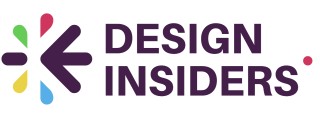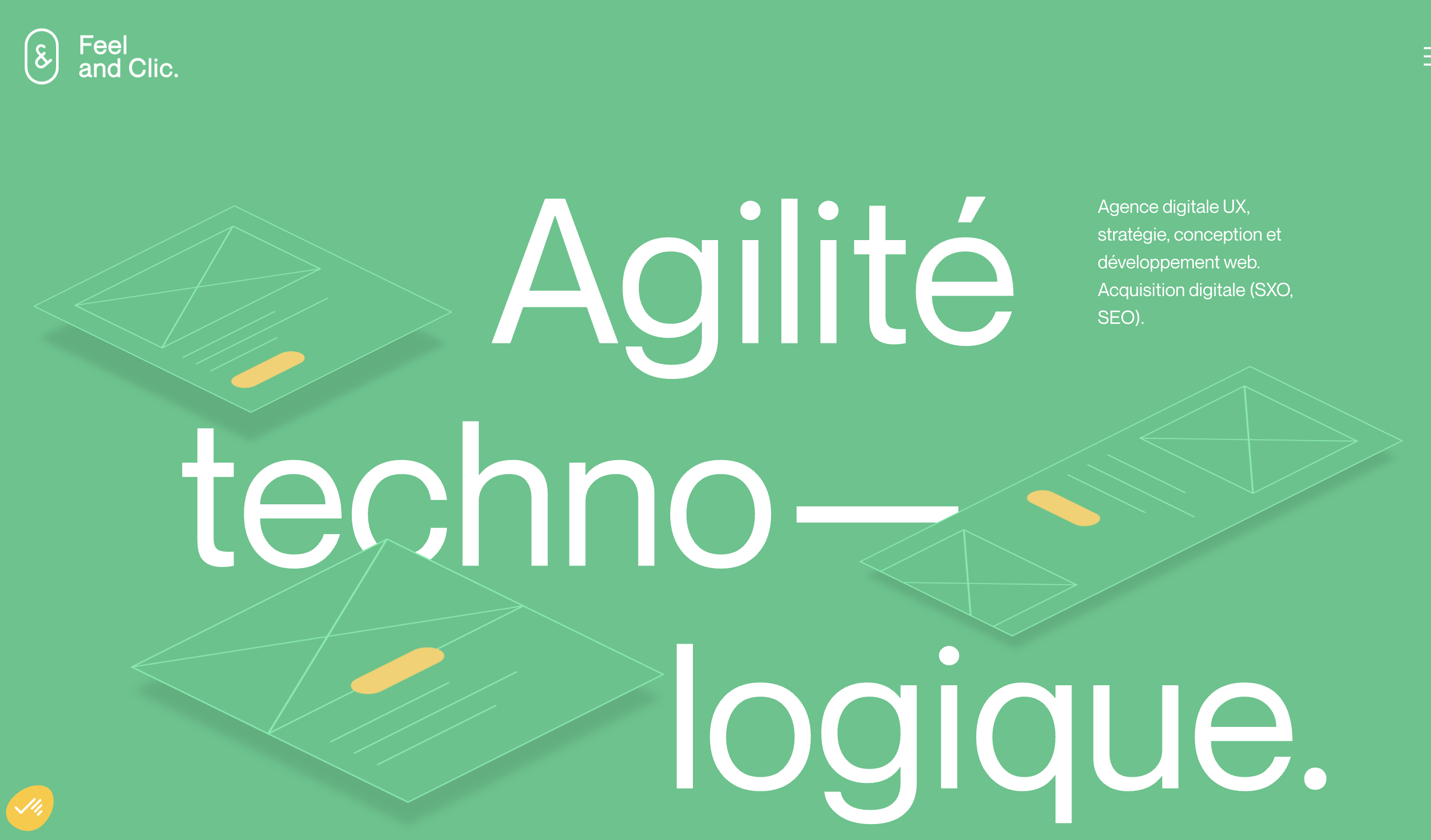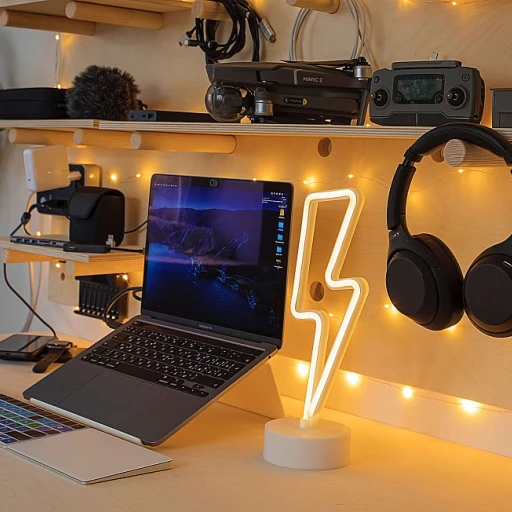
Understanding Tree Testing in Design
Delving into the Concept of Tree Testing
Tree testing is a powerful method in the realm of design aimed at assessing the navigation and usability of a website's structure. It allows designers to focus on the basic hierarchical structure of information without the distractions of a full user interface. By presenting users with a simplified version of the site's layout, tree testing provides insights into whether participants can efficiently find desired information. Tree testing breaks down complex interactions and highlights areas users find challenging to navigate, aligning closely with card sorting and other usability testing methods. While card sorting helps define the site's framework, tree testing evaluates if that theoretical map works in practice. Both help in creating a user friendly experience, but in their own unique ways. In terms of structure, a series of tasks is typically crafted around specific user goals: finding particular pieces of information or testing different paths to gauge efficiency. As users undertake these tasks, their interactions reveal insightful data about the understanding and effectiveness of the site’s structure. For designers keen on maximizing user satisfaction and usability, utilizing free tree testing tools can be a game changer. They offer an avenue to refine design structures without the burden of high pricing or extensive resource allocation. Unveiling the benefits and effectiveness of these tools further enhances product design, leading to a successful and user-centered website app structure.Benefits of Using Free Tree Testing Tools
Advantages of Utilizing Cost-Free Tree Testing Solutions
Exploring free tree testing tools can bring a myriad of benefits for designers keen to optimize their website or app navigation. These tools allow designers to identify how users find and experience a site structure without a substantial financial investment. Understanding the structure of a website can provide valuable insights into user experience and usability.
Here are some key benefits:
- Cost Efficiency: Accessing free tools allows designers to gather crucial information without affecting the project's budget. Tools with a free plan or free trial help in conducting multiple usability tests without incurring additional costs.
- User-Friendly Interfaces: Many free testing tools are designed to be intuitive, making it easier for designers and participants to engage with the testing process. This also means that even those new to tree testing can navigate through the tools with ease.
- Comprehensive Features: Free tools often come with essential features that support card sorting and card sort exercises. These can help in understanding the relationships within a tree structure by examining how users categorize different elements.
- Broad Accessibility: No barriers due to pricing mean a broader range of tests can be conducted, allowing designers to test various aspects of product design effectively.
By harnessing the potential of free testing tools, designers can ensure a more seamless interaction for users, ultimately resulting in an improved website app or product. For those interested in deepening their knowledge, a variety of the best tools and resources for UX/UI designers can further enhance creativity and efficiency.
Popular Free Tree Testing Tools
Top Free Platforms to Simplify Your Tree Testing Process
In the world of design, especially when focusing on user experience and usability, free tree testing tools play a pivotal role in understanding how users navigate a website's structure. These platforms help you gain insights without breaking the bank, offering essential features through free plans or trials. Let's delve into some popular options designers find invaluable.
One acclaimed tool is Optimal Workshop, a comprehensive testing platform offering a range of services, including tree testing, card sorting, and prototype testing. Their free plan comes with limitations in terms of participant numbers and test complexity, but it's an excellent start for exploring the user journey through site structure.
Another user-friendly option is Maze. While it shines in areas like usability testing and prototype testing, Maze also provides tree testing features. Its intuitive interface helps conduct tests efficiently, even for beginners. The pricing model includes a free tier allowing basic usage, which can be sufficient for small project needs.
For those desiring simplicity blended with effectiveness, Treejack, another component of Optimal Workshop, is tailored specifically for tree testing. Designers can easily set up a test structure, track how users find their way around, and gather actionable insights. Though their free trial presents restrictions on test numbers and participants, it's often robust enough for initial assessments.
When it comes to testing tools, understanding what each platform offers in terms of features and usability is crucial. While some places might offer more insight into navigation than others, knowing where to start can be intimidating. Selecting the right tool depends not just on its free plan but also on how it aligns with your specific design goals and user testing requirements.
How to Implement Tree Testing Effectively
Maximizing the Potential of Tree Testing for Better Design
Successfully implementing tree testing requires a systematic approach that focuses on extracting valuable insights from users regarding the tree structure of your website or app. The ultimate goal is enhancing user experience by refining the navigation and ensuring users can easily find the information they need.
- Start With a Clear Objective: Before conducting tree testing, it is crucial to define clear objectives. Determine whether you're assessing the overall site structure, a specific product category, or the effectiveness of a new design feature.
- Recruit Your Participants: Identify and recruit a diverse group of participants who will resemble your target user base. They can provide varied insights into how intuitive your navigation and content structure are.
- Using Testing Tools: Leverage free or paid tree testing tools to create and conduct your tests. These tools often offer free plans or trials that’ll help you test your navigation without immediate costs.
- Create Realistic Tasks: Designing realistic tasks for your participants is essential. These tasks should mirror the actions users would perform while navigating your site or app.
- Analyze the Data: Once the tree test is conducted, analyze the data to understand common paths users take and where they struggle. Insights gathered can highlight areas where the card sort and navigation need adjustments.
- Iterate Based on Feedback: Use findings from the tree testing to make informed decisions and improve the usability of your design. This iterative process ensures continuous enhancement of user experiences.
By effectively implementing tree testing, designers can gain a deeper understanding of user behavior, leading to a more user-friendly and structured design. As these tests reveal user insights, they are integral in refining product navigation, which is crucial for an optimized user experience.
Case Studies: Success Stories with Tree Testing
Real-World Applications of Tree Testing
Tree testing has become an invaluable tool for designers aiming to enhance website usability. By examining successful case studies, we can understand how this method has transformed user experiences.
Enhancing E-commerce Navigation
In the competitive world of e-commerce, a well-structured site can make all the difference. One online retailer conducted a tree test to refine their product categories. By doing so, they identified that users were struggling to find specific items due to a complex navigation system. The insights gained from the tree testing allowed them to restructure their categories, leading to a 20% increase in product discoverability and a significant boost in sales.
Optimizing Information Architecture for Educational Platforms
Educational websites often face challenges in presenting vast amounts of information in a user-friendly manner. A prominent educational platform utilized free tree testing tools to analyze their site structure. The test revealed that participants were frequently lost in the navigation, unable to find essential resources. By restructuring the tree, they improved user navigation, resulting in a 30% increase in user engagement and a more efficient learning experience.
Improving User Experience in Healthcare Websites
Healthcare websites need to provide clear and accessible information to users. A healthcare provider used tree testing to evaluate their site’s usability. The results highlighted that users struggled to locate important features such as appointment scheduling and medical records. By redesigning the navigation based on tree test findings, they enhanced user satisfaction and reduced the time users spent searching for information by 40%.
Insights for Future Design Projects
These case studies illustrate the profound impact tree testing can have on a website's usability. By using free testing tools, designers can gain valuable insights into how users interact with a site’s structure. As the field of design continues to evolve, incorporating tree testing into the design process will remain a crucial step in creating intuitive and user-friendly digital experiences.














